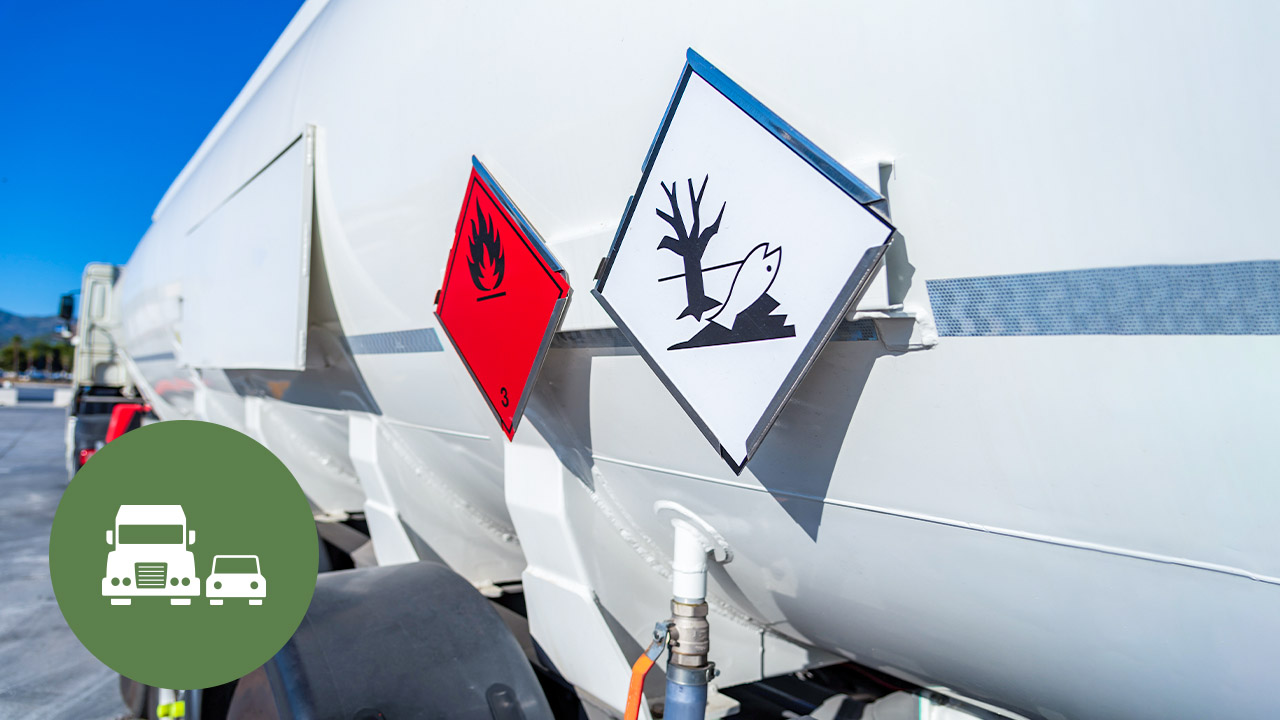Transportation of Dangerous Goods TDG: Special Situations and Emergency Actions
- 6 topics | 31m 59s
- Includes Assessment
- Up to 30 languages
- Transcripts
It's important to know how to respond to a release or anticipated release should one occur during the transportation of dangerous goods. This course explains reporting requirements after an emergency situation, and how to put together a plan to deal with such incidents. It also covers how special provisions can be applied to specific types of shipments, and how permits can be used to transport goods within Canada involving activities that fall outside the TDG Act or Regulations. This course was developed with subject matter support provided by Pinchin Ltd., an environmental, health and safety consulting firm with offices across Canada. Please note, the course materials and content were current with the laws and regulations at the time of the last expert review, however, they may not reflect the most current legal developments. Nothing herein, or in the course materials, shall be construed as professional advice as to any particular situation with respect to compliance with legal statutes or requirements.
WHAT YOU WILL LEARN
-
identify the goals of an ERAP
-
identify the goals of an ERAP
-
classify the reporting information required in the event of an emergency
-
classify the required reporting information
-
recognize how to find and apply provisions involving special situations
-
recognize the key information that must accompany a permit application
-
recognize how to apply special situation provisions and key information for a permit application
IN THIS COURSE
-
Emergency Response Assistance Plans8m
-
Knowledge Check: The Goals of an ERAP2m
-
Emergency Reporting Information7m
-
Knowledge Check: Required Reporting Information3m
-
Special Situations and the Permit Process4m
-
Knowledge Check: Special Situations Provisions3m
YOU MIGHT ALSO LIKE
COMPLIANCE-COURSE
Transportation of Dangerous Goods TDG: Introduction and Responsibilities
COMPLIANCE-COURSE
Transportation of Dangerous Goods TDG: Related Regulations and Standards


